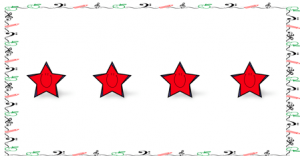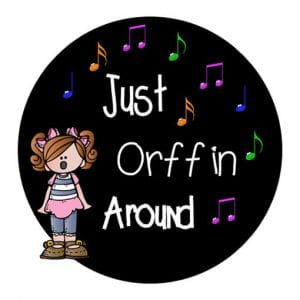I always love this little piece, so simple and sweet, great teaching potential!! And I have a funny story.
I was teaching a grade 1 class “Star Light”. I told them that if they sang with all of their heart, that the wish they made at the end just might come true. At that exact moment, an educational assistant entered the room and whispered to me that we were going to have an early closure because of a snow storm. We did our little “Star Light” and made our wish and I said “I wish we could go home early today.” The principal came on over the PA system and announced “All students return to your classes. We will be having an early closure today.” My class thought I was magical for the rest of the year!! BAHAHA.
Such a great memory.
The way I use “Star Light” has evolved over time. I use it as a pathway to melodic contour. Here is what I do with my K’s:
- Intro the song by singing it with the Bass Xylophone accompanying.
- Continue the accompaniment and echo each phrase. Sing through together.
- Pass out the stars. Mirror the high/low contour with the stars. Students are still other than the melodic contour.
- Students sing and show melodic contour independently with accompaniment.
- Teacher plays melody on Bass Xylophone. Students take their stars for a gentle “star dance.” Back to their spots by the end of the melody.
Form
A Song with high/low contour
B Star Dance
A Song with high/low contour
- Transfer the high/low movement to their shoulders and hips for phrase 1 “Star Light, Star Bright”
- Present the following visual (These are 4 separate stars)

- Through discovery, we shape the melody to look like this:

- We use these little hand bells and play phrase 1.
https://empiremusic.ca/index.php?route=product/product&product_id=718&search=hand+bells
- I accompany on the Bass Xylophone and they go to the end of the line like this:

I have added the visuals in a pdf for you on the page marked PDF’s so you can try this with your little ones. Let me know what you think.
Have a Wacky Wednesday,
Take care,
Syndi




 Chimes
Chimes  Ratchet
Ratchet Thundertube
Thundertube Maracas
Maracas








